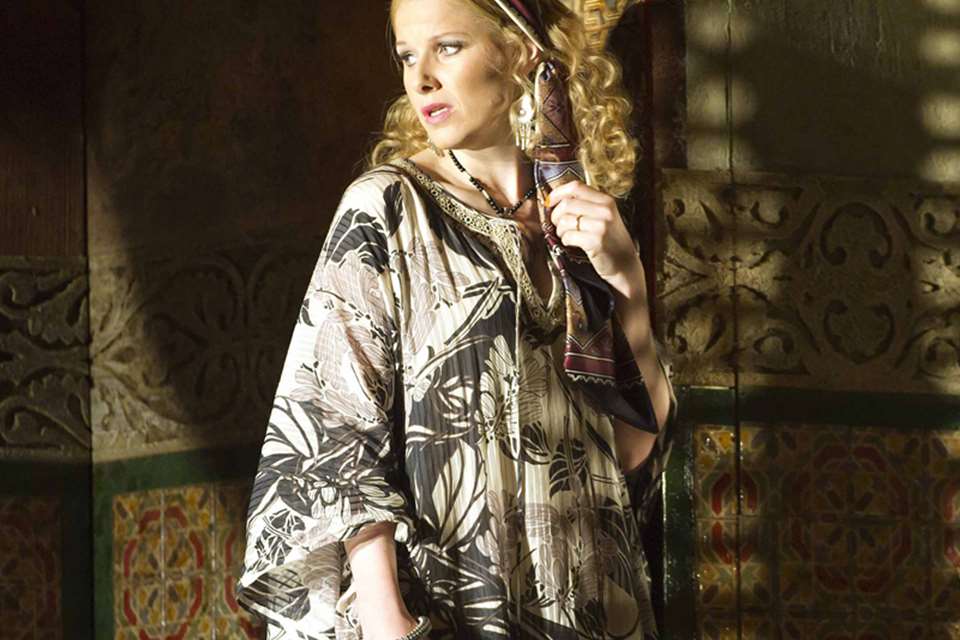Mozart versus Salieri: two early operas show just how talented both composers were
Christophe Rousset
Monday, February 15, 2021
Christophe Rousset compares two early works composed in 1771, recently recorded with Les Talens Lyriques
Register now to continue reading
Thanks for exploring the Gramophone website. Sign up for a free account today to enjoy the following benefits:
- Free access to 3 subscriber-only articles per month
- Unlimited access to our news, podcasts and awards pages
- Free weekly email newsletter










